- About us
- Support the Gallery
- Venue hire
- Publications
- Research library
- Organisation chart
- Employment
- Contact us
- Make a booking
- Onsite programs
- Online programs
- School visit information
- Learning resources
- Little Darlings
- Professional learning
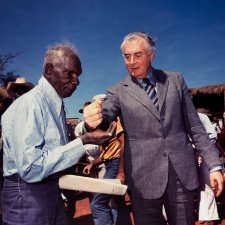
Ellen Kent examines the portrait of Vincent Lingiari and Prime Minister Gough Whitlam taken by photographer Mervyn Bishop.
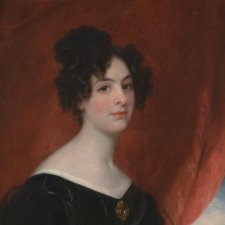
Joanna Gilmour explores the life of colonial women Lady Ellen Stirling, Eliza Darling, Lady Eliza Arthur, Elizabeth Macquarie and Lady Jane Franklin.

Christopher Chapman examines the battle of glamour vs. grunge which played out in the fashion and advertising of the 1990s.

Robin Sellick captured a rare moment of quietude from the late conservation star Steve Irwin.
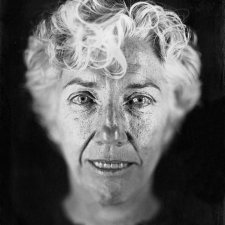
Michael Desmond examines the daguerreotype portraits created by American artist Chuck Close.

The Glossy 2 exhibition highlights the integral role magazine photography plays in illustrating and shaping our contemporary culture.
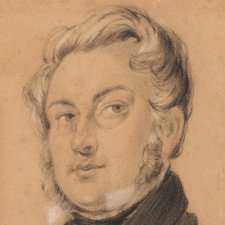
Joanna Gilmour accounts for Australia’s deliciously ghoulish nineteenth century criminal portraiture.
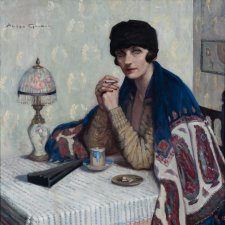
Karen Quinlan considers the case of Agnes Goodsir, whose low profile in Australia belies her overseas acclaim.
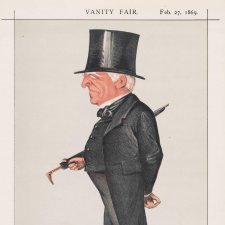
The story behind two colonial portraits; a lithograph of captain and convict John Knatchbull and newspaper illustration of Robert Lowe, Viscount Sherbrooke.
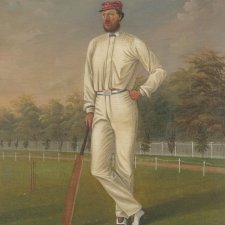
The tragic tale of Tom Wills, the ‘inventor’ of Australian Rules Football.

George Selth Coppin (1819-1906) comedian, impresario and entrepreneur, was a driving force of the early Australian theatre.
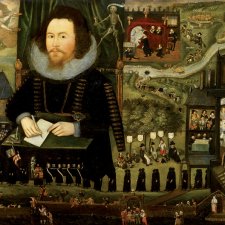
Alison Weir explores the National Portrait Gallery, London and the BP Portrait Award to find what makes a good painted portrait - past and present.
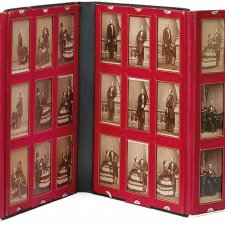
Joanna Gilmour discusses the role of the carte de visite in portraiture’s democratisation, and its harnessing by Victoria, the world’s first media monarch.
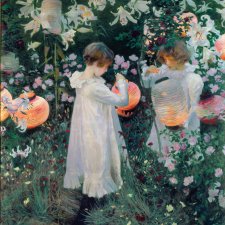
John Singer Sargent: a painter at the vanguard of contemporary movements in music, literature and theatre.
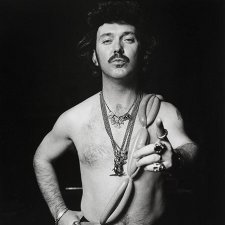
Penelope Grist reminisces about the halcyon days of a print icon, before the infusion of the internet’s shades of grey.
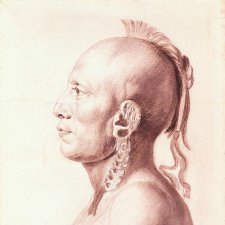
Joanna Gilmour examines the prolific output of Charles Balthazar Julien Févret de Saint-Mémin, and discovers the risk of taking a portrait at face value.